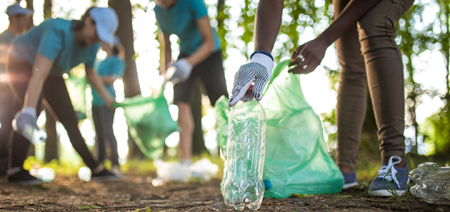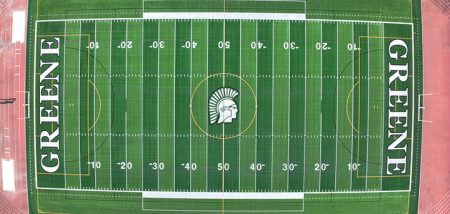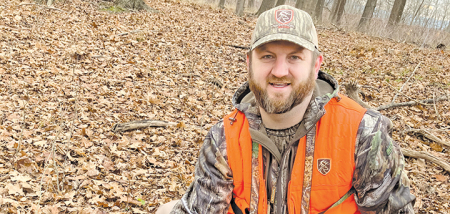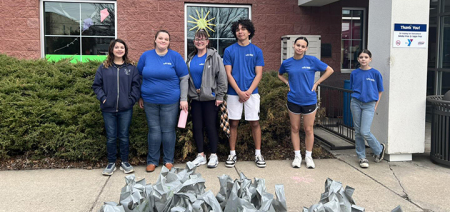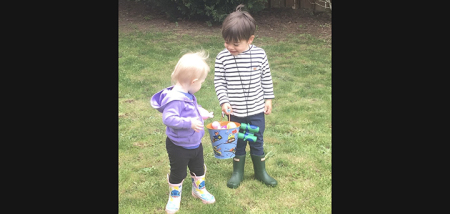Off The Map Week Twelve: Parched For Glory
Published:
August 24th, 2016
By:
Bryan Snyder
.jpg)
Three miles down the trail, I finally noticed my water bottle was missing. That wasn’t good, especially when my intention tomorrow was to climb Granite Peak, the highest mountain in Montana. Nevertheless, I continued deeper into the Beartooth Mountains, sucking on pieces of candy to keep my mouth from feeling parched until I reached the shores of Upper Sky Tops Lake and could unpack my water filter.
I pumped the liquid directly into my cookpot and drank deep. My body had proved it could handle ten miles without water reasonably well, even with a heavy pack, and tomorrow I suspected it could manage the eight miles to Granite Peak and back without deteriorating too badly. Still, this mountain was one of the most difficult state highpoints, second only to Alaska’s Denali in some accounts. If dehydration-induced altitude sickness hit me during the course of the ascent, I might become dizzy at a crucial moment, and on peaks of this magnitude, a strong sense of balance is sometimes the only thing that keeps a person alive.
Thankfully, for the first time in ages I believed I would have company on a major climb. The mountain drew an assortment of adventurous souls to both sides of the peak - people who would be willing to support each other should catastrophe strike. These crowds also had the strange effect of attracting mountain goats, who loitered on the fringes of our campsites, waiting for us to relieve our bladders onto the rocks so that they could lick up the salts and minerals. A shaggy white billy goat and his sidekick harassed my neighbors and I all evening, behaving like wild-eyed junkies desperate for a quick fix. At least by being strategic with my bathroom breaks I could make them perch on picturesque boulders and create scenes with photographic merit.
A pair of earplugs helped me ignore the stomping of hooves through the night, such that I slept deeply and failed to hear the passing of other climbers before sunrise. Luckily, the weather seemed stable when I emerged from my tent. I guzzled as much water as I could before striking out across the Sky Tops Basin towards the grim shadow that perched along the headwall. When I last saw Granite Peak ten years ago from the windswept reaches of Froze-to-Death Plateau, I remarked that it looked like a tombstone. From this side, the description was still applicable. The mountain appeared dangerously steep, but there was supposedly a secret passage called the Southwest Ramp that cut across its face, linking the summit to a slick feature halfway up known as The Slab. I just hoped that I would recognize the route when I saw it.
At the foot of the mountain I caught up to the leading group – a pair of young ranch workers who had escaped their responsibilities for the weekend. I suggested teaming up, and they were glad to have the company. Normally, I like being a lone wolf, but the biggest danger on this side of the mountain was loose rock material. If a group of people are spread out in steep, crumbling terrain, dislodged boulders can have more time to pick up speed before they barrel into the lowest members of a climbing party. Best to keep everyone close if one can.
The three of us crept underneath the smooth expanse of the Slab, careful to not accidentally rain rocks down on the climbers below. I was worried that we might not find the Southwest Ramp on our first try, but at the Slab’s left edge, there it lay – a narrow, rubble-strewn gully that beckoned upwards toward the summit ridgeline. We followed it for nearly a thousand feet, through icy sections where fixed ropes had been left behind to aid in the ascent. I checked frequently on my female companions, but their climbing skills proved more than sufficient. In fact, they seemed more focused on the beauty of the pink and yellow granite surrounding us than on the dangers of the route. I did my best to keep us moving forward, though I had to excuse myself often for bathroom breaks - a result of having overloaded on water back at camp.
After breaking out of the confines of the couloir and stepping into the morning sunlight, we high-fived and triumphantly ascended the ridge to the summit rocks. We had reached 12,807 feet above sea level – the highest point in all of Montana – though we weren’t alone; several parties of climbers had approached from the direction of Froze-to-Death Plateau using ropes and technical equipment. That route looked tedious and congested, but the weary adventurers who breached the eastern battlements still made for a good-spirited crowd.
The views to which we were treated were fair compensation for all our efforts. The Beartooth Range looked like a giant had taken a jagged collection of mountains and used a trowel to try and level them off. Instead of dramatic summits, we were surrounded by vast, high-elevation plateaus with sheer sides that plunged four thousand feet down to the valley floors. The rock material itself was beyond ancient, born of cooled magma four billion years ago, which meant we were standing on some of the oldest exposed rocks on earth.
I might have lingered longer, but the ladies still needed to hike fourteen miles to the trailhead and drive back to their ranch so they could report for work in the morning. I’d grown fond of their company, despite my isolationist tendencies, so I led us down the Southwest Ramp once more. I’m sure they would have been fine on their own; the path seemed not as dangerous as I’d been led to believe, though perhaps good companions can make all the difference.
Then I stumbled upon the blood. A copious amount of dried blood stained the rocks red in one section of the Ramp, and I was surprised we’d overlooked it on the way up. Apparently, five days earlier a nineteen-year old hiker from South Dakota had fallen twenty feet during his descent from the summit, gashing the side of his head, and he had to be airlifted to the closest hospital. Seems I’d be smart not to underestimate this mountain… not until I reached level ground, anyway.
We made it back to camp safely and carefully, then packed up our tents for the long hike south. I drank a potful of filtered lake water before hitting the trail, and that sustained me five hours until we reached our vehicles once again. It was tough to part ways with my new friends, but darkness was descending fast, so instead of joining them for a drink at the nearest tavern, I drove to a hilltop campsite and prepared myself for a well-deserved night’s sleep.
The next day I hurried through Yellowstone and the Tetons so I could soak my weary body in a familiar pond – the minnow-filled waters of Kelly Warm Springs, just on the outskirts of Jackson Hole, Wyoming. I dunked my head beneath the surface, and when I emerged, I heard a woman holler from her truck as she sped past, “You’re gonna get rabies!” That was odd.
That night, I read in a local paper that a “brain eating-amoeba” had just been detected in the springs. Commonly found in geothermal water, the microscopic Naegleria fowleri consumes bacteria, but if it gets into nasal cavities it will switch over to a diet of human brains. I guess nowhere is safe anymore. Might as well keep risking my life in the mountains. I might fall someday and get my brains bashed in, but at least they won’t be eaten by amoebas.
Bryan is a 1991 Norwich High School graduate and author of several books, including “Renegade Car Camping: A Guide to Free Campsites and the Ultimate Road Trip Experience”, available for free at www.offthemapbooks.com.
Bryan Snyder Photo
Author: Bryan Snyder - More From This Author
Comments

